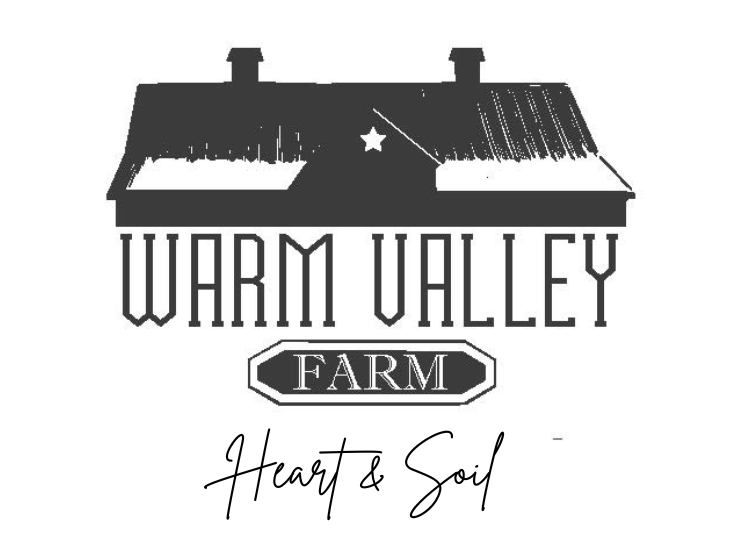Farm History
The farm was last stewarded in Organic Practices by Bill and Barbara Humes. They influenced sustainable farming practices in the San Juan Islands, and were involved in conservation for over 50 years. As we understand their history, they are greatly responsible for the inception of both the Orcas Farmer’s Market, and helped to form the SJC Conservation District. We became the latest stewards of the farm in late March of 2015.
Early Homestead History
Warm Valley Farm started its commercial life as a productive pear orchard in the late 1890's. The original historic fruit barn was built in 1901 to house, and cool the pears before transportation by boat to the mainland. At the turn of the century, our pears were sold as far as New York City. We’ve also been told about George Gibbs who may have lived on this land and first brought bulbs here from the Netherlands - to learn more, read the article linked below:
Our Historic Barn:
From: Historic Barns Of the San Juan Islands:
As you drive toward Eastsound from Orcas Landing, a valley soon opens up and you can see a low-slung barn on the right with two distinctive roof vents: Like the Hambly Apple House, this unique structure was originally used for fruit storage, and its form is signal to its purpose.
This barn is one of the few that we know who designed it: builder and carpenter F.J. Reddig, who built many of the fruit evaporators (dryers) at the height of apple and pear production on Orcas Island. Reddig constructed this barn in 1901 as fruit storage for George Myers. Myers, along with his neighbor George W. Gibbs, grew several varieties of apples and pears, and even shipped his crop as far as New York City for what was then splendid profits.
The structure was designed to keep fruit cool on the ground floor by venting warm air through the roof. Oriented north-south, the gable-roofed section, which is one story with an attic, measures 24′ wide by 48′ long and is 18’6″ high. There is a 12′ wide shed on the west side, with a dormer that allows for access and shelter to the center drive. Two tall ventilators on the roof drew warm air out of the building, and the frame walls and ceiling were packed with sawdust to help insulate the fruit storage space on the ground floor.
So the next time you pass through Warm Valley going to or from the ferry, give a shout-out to this wonderfully adaptive structure!
Photo courtesy of Historic Barns of San Juan County
Pears
from Island Grown in the San Juans:
"Pears played a key role in fruit raising in the San Juans during the period from the 1890s to the 1930s. The San Juan Islands are blessed with a temperate climate and were once considered to be the breadbasket of Western Washington. The local fruit industry began in earnest in the 1890s, with the introduction of Italian prune plums, and grew to include thousands of trees bearing apples, cherries, peaches, and pears. During the early 1900s, farmers shipped boatloads of fruit from all the major islands to Salish Sea ports, where the produce was transported by rail throughout the country. Although the islands no longer dominate Washington’s fruit industry, the legacy of historic orchards with local varieties such as the Orcas pear bear witness to the rich history of island fruit raising and distribution—a heritage that is still cultivated by San Juan County growers today.”
Pre-colonization History:
From Wikipedia
"In pre-Colonial times, the Lummi Nation migrated seasonally between many sites including Point Roberts, Washington, Lummi Peninsula, Portage Island, as well as sites in the San Juan Islands.
The traditional lifestyle of the Lummi, like many Northwest Coast tribes, consisted of the collecting of shellfish, gathering of plants such as Camas and different species of berries, and most importantly involved the fishing of salmon. The Lummi developed a fishing technique known as “reef netting”. Reef netting was used for taking large quantities of fish in salt water. Lummi had reef net sets on Orcas Island, San Juan Island."




